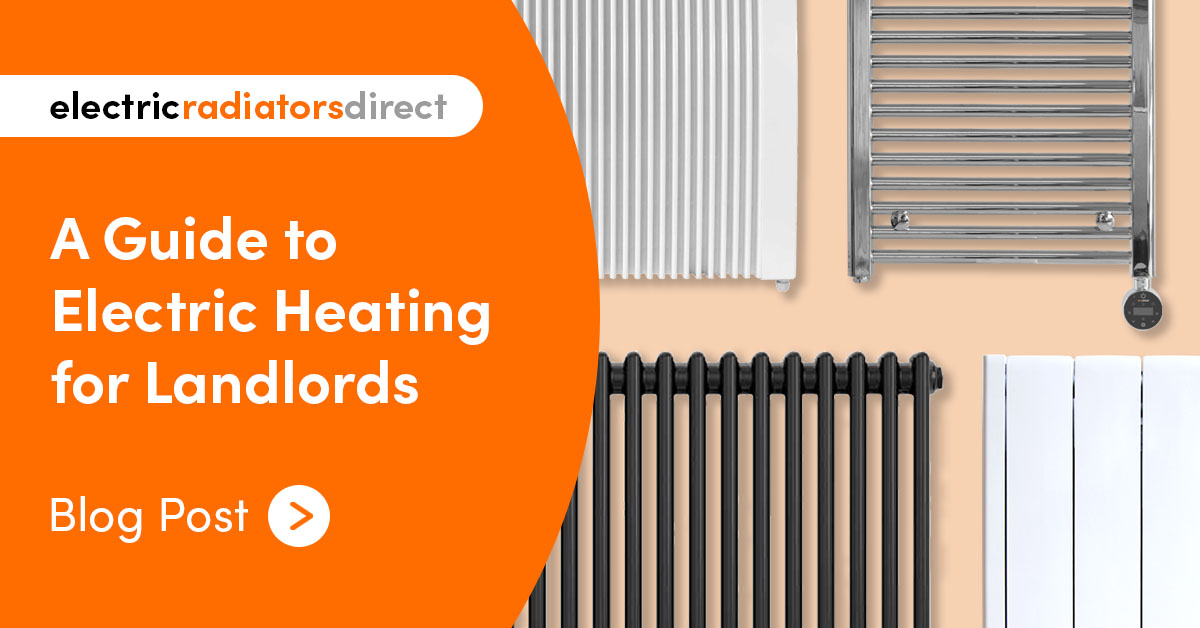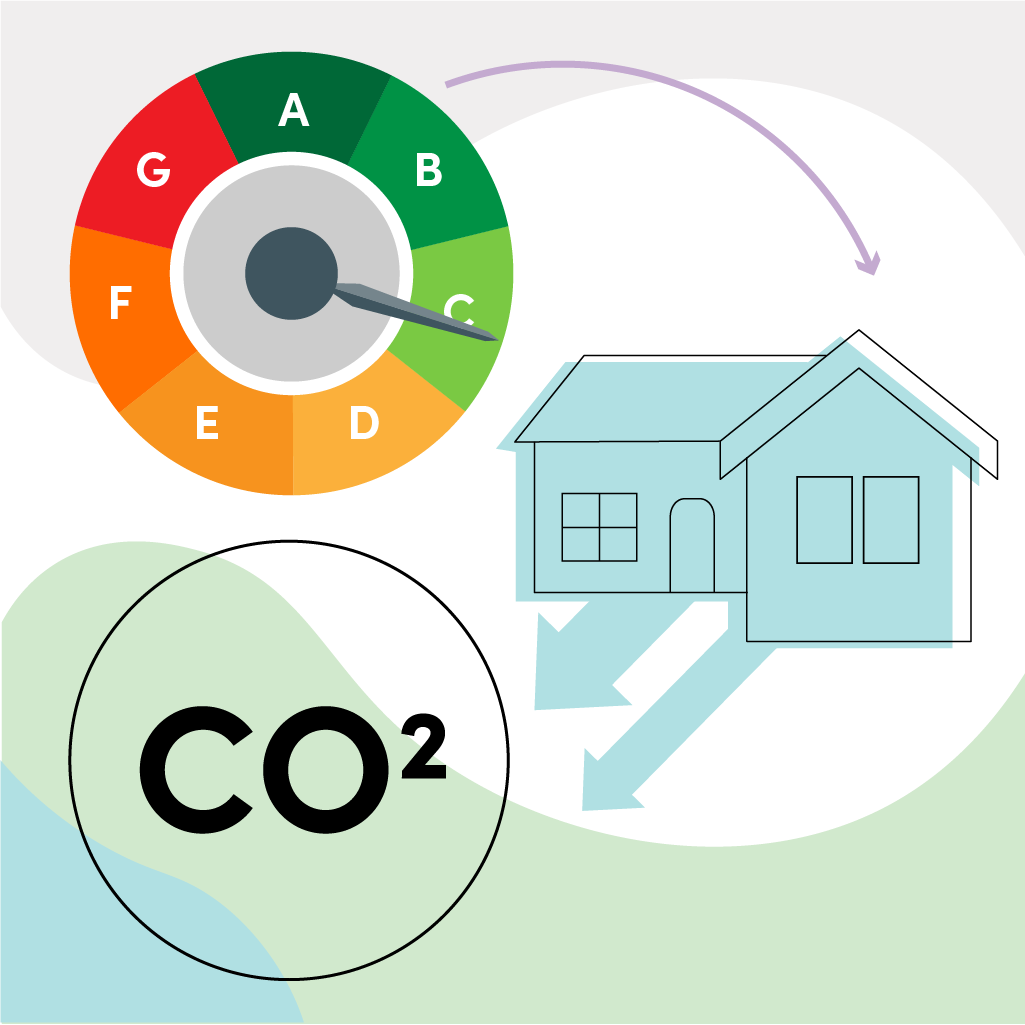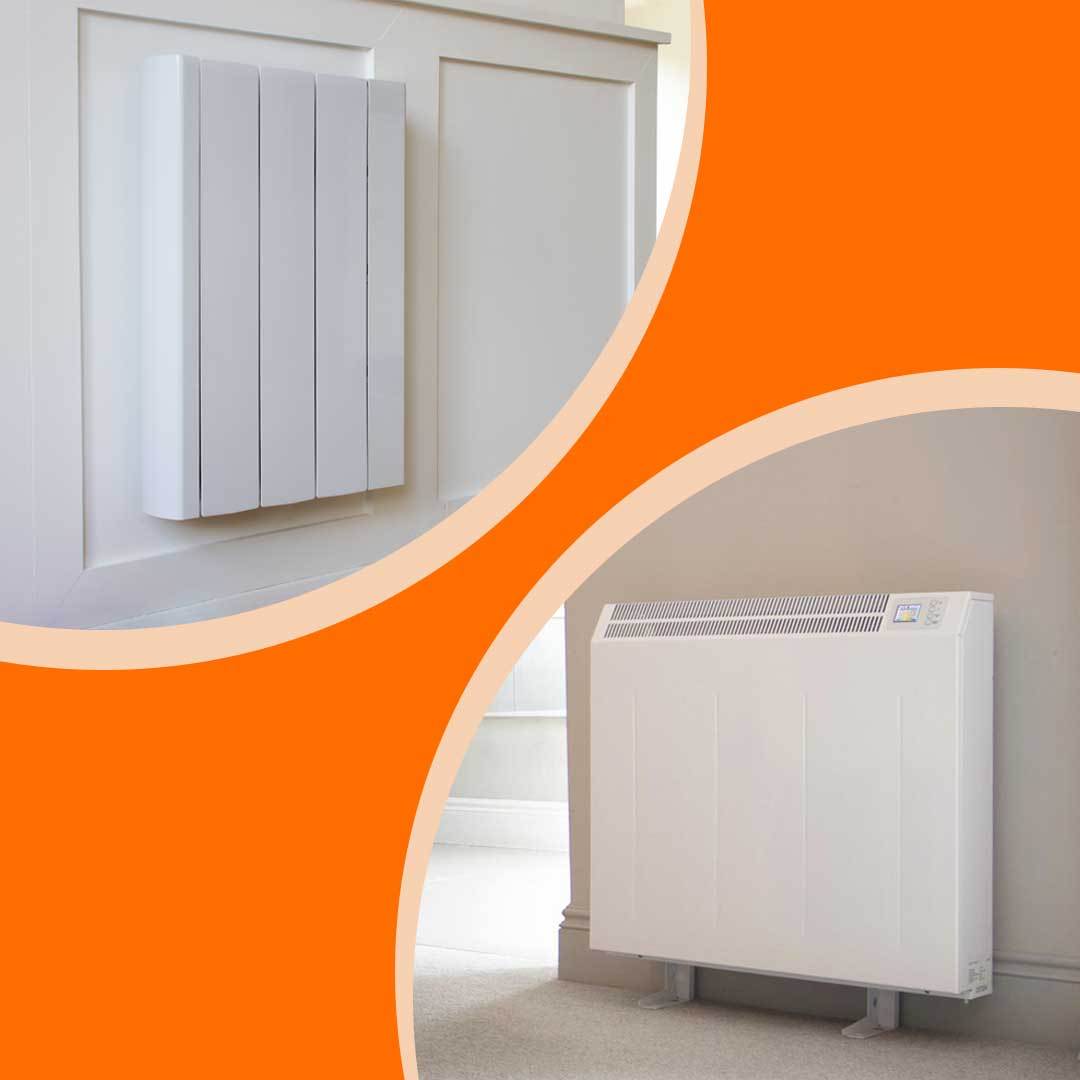

For landlords, heating is a long-term investment, so it’s important to strike the right balance between quality and affordability. This is truer now than it’s ever been, with changes in legislations putting more emphasis on futureproofing. So, as more landlords look for options outside of traditional gas central heating, modern electric heating solutions have proven to be more intuitive and efficient than ever. Read on for everything you need to know.
EPC ratings – what it means for landlords
As a landlord, you’ll be no stranger to the world of EPC ratings. (For a brief rundown, it’s an estimate of your property’s overall energy efficiency.) While all aspects of a building is taken into account – insulation quality, lighting and windows – heating is a major factor in the overall rating. Under the Future Homes Standard, landlords have greater legal responsibilities than ever to provide their tenants with energy-efficient housing. In fact, from 2028, all rental properties are required to have a C rating or above.


What does that mean for heating?
You could save some money now by keeping an old or inefficient system, but in a few short years you’ll have no choice but to upgrade in order to attain an adequate rating. If you’re looking to install a new system, it’s important to weigh up just how much the initial cost will be, as well as any subsequent maintenance further down the line. If you’re in a similar predicament, electric heating may be just the solution you’re looking for!
The benefits of electric heating for landlords
Electric is one of the most efficient heating solutions on the market, offering a number of ways to streamline energy usage and minimise running costs. Their modular nature allows you to mix-and-match appliances – an electric towel rail in the bathroom, a panel heater in the spare room, and electric radiators in the living room and bedroom – so no matter the property or existing system, electric heating is the ideal accompaniment.
From fast-acting and effective warmth to zero maintenance, check out this video to learn why electric radiators are taking UK homes by storm.
Lot 20 compliant


Modern electric heaters meet Lot 20 efficiency requirements under the Ecodesign Directive to keep running costs at a minimum.
Easy installation


If you’re installing one or two heaters, many are suitable for DIY fitting. For a full refit, professional hardwiring is a quick and easy job that isn’t too costly.
Low maintenance


Electric heaters require only basic safety checks by a registered electrician once every five years to comply with safety requirements for rented properties.
Zoned heating


With no moving parts, electric heaters can be grouped together into ‘zones’ or controlled individually, helping to cut out the waste of heating unused spaces.
Safety rated


Electric systems are safe and produce no carbon monoxide, offering peace of mind for both parties. They also come CE approved, meaning they conform to general EU standards.
Distance control


Our WiFi-controlled heaters can be managed from the convenience of a smartphone, ideal for vacant properties and when remote access is required.
Storage heaters vs electric radiators
Traditionally, storage heaters were favoured for rental properties, thanks to their long service life, easy installation and low maintenance. But for modern lifestyles, electric radiators offer a fantastic middle-ground between landlord and tenant needs. They balance cost-effective and energy-efficient heating with the greater control and adaptability required by the tenant. For a comprehensive look at storage heaters vs electric radiators, check out our dedicated blog.
The way storage heaters work means that by nature, they’re less efficient than other electric heating solutions. Let’s run down why this is.
| Storage Heaters | Electric Radiators | |
| Installation |
|
|
| Maintenance |
|
|
| Efficiency |
|
|
| Control |
|
|
| Running Costs |
|
|


Replacing storage heaters with electric radiators
If your rental property still uses storage heaters, it’s definitely worth upgrading them. Luckily, it’s an incredibly simple process for a qualified electrician and can be done in a day. Replacing your storage heaters not only primes your property for more efficient, cost-effective heating, but it also demonstrates to tenants that you’re committed to their welfare and living expenses by providing them with a modern system.
Electric radiators – what features should landlords look out for?
Offering a range of features to trim down running costs, electric radiators make managing your property’s energy usage easier than ever before. Look out for the following features if you’re looking to truly overhaul your property and help up its EPC rating:
WiFi control
Our most sophisticated heating appliances feature WiFi control which allows you to manage your heating through the internet. These smart electric radiators are easy to use and superb for efficiency as they deliver heat management on the go. Simply download an app onto a compatible smart device and experience advanced programming from anywhere in the world. This is great if you currently have an unoccupied property, as WiFi control will allow you to adjust the heating remotely from the comfort of your own home. If you do have a tenant, they can also manage the heating whenever they need to, even if they’ve left the house and gone to work. This is not only convenient, but it also means if the heating is accidently left on, you or your tenant can simply hop on the app and switch it off.
24/7 programming
This is a user-friendly, set-and-forget feature that allows you to program a heating schedule to fit around any lifestyle, preventing you from wasting warmth or energy when it isn’t needed. So, if you have a tenant who works late shifts or somebody who is out all day, they can set their heating to fit their weekly routine without having to constantly adjust their radiators. This heating program can be changed at any time, so even if you get new tenants in, they can change the heating schedule to fit their routine.


Anti-frost mode
As a landlord, there might be times when setting a weekly heating schedule isn’t necessary. Maybe you’re currently between tenants or in the middle of renovating and the heating is not in use. Many of our electric radiators also feature an anti-frost mode, which will ensure that temperatures never drop below a certain level, even if the property is unoccupied. This will protect your radiators so that pipes and heating elements never freeze over, preventing them from getting damaged.
Adaptive start
Adaptive start uses less energy to get your room up to temperature and removes the guesswork out of pre-heating spaces for a more cost-effective solution. If your tenants have a set heating schedule, adaptive start calculates when to start heating the room ahead of time using the least amount of energy to make sure it reaches the right temperature when it’s needed.


Open window detection
Open window detection is great for preventing heat loss as it identifies any rapid drops in temperature and stops the radiator from producing warmth until temperatures settle again. It’s a great feature for student accommodation and other shared properties where tenants might leave the window open by accident. This feature cuts power to the heater when it knows heat will be lost so you’ll never waste money heating a rapidly cooling room space.
With so many models on the market, deciding on the perfect electric radiator may leave you feeling spoilt for choice. Our Buying Guide is here to make the process as pain-free as possible, answering all those common questions in one go.
Overhaul your rental properties with electric heating
If you’re looking to upgrade your rental property’s heating for a fraction of the cost, you’re in the right place – browse our full collection and save today. If you’re interested in setting up a trade account, our members gain access to exclusive benefits and discounts, so don’t hesitate to get in touch with us for more information.
Key learnings
- From 2028, all rental properties are required to have an EPC rating of C or above, so it’s more important than ever for landlords to upgrade to a more efficient heating system.
- Easy installation, low maintenance and safety assurance makes electric heating a viable option.
- Even though storage heaters run using electricity, it’s recommended you upgrade to electric radiators which utilise modern technology and energy-saving features.






